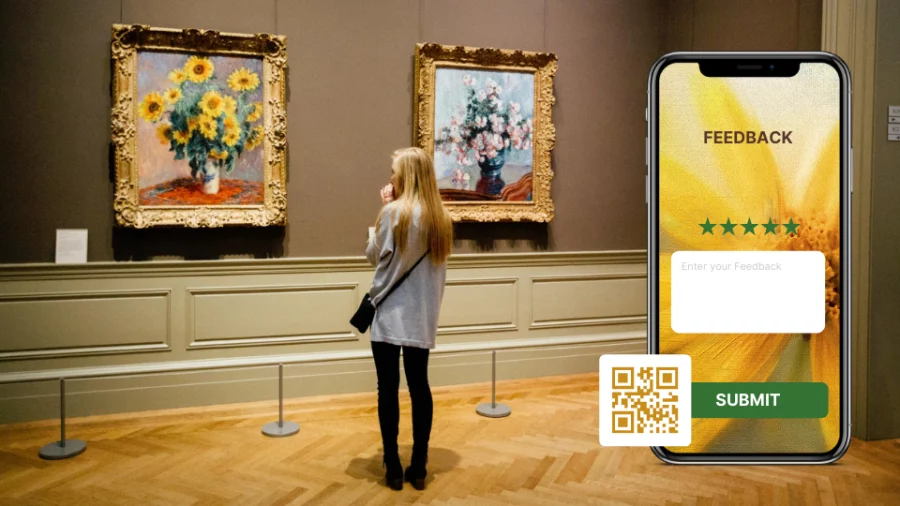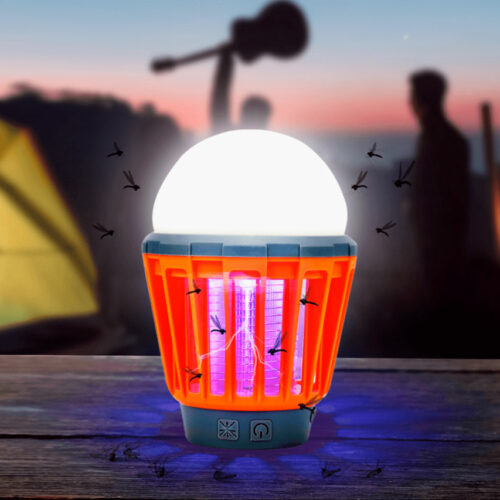Museums have long been the custodians of our history, culture, and art, providing visitors with an opportunity to explore and learn. In recent years, technology has become an integral part of enhancing the museum experience, and Quick Response (QR) codes have emerged as a powerful tool for creating interactive exhibits. By leveraging QR codes, museums can offer visitors a more engaging and immersive journey, providing instant access to information, multimedia content, and interactive experiences. In this article, we will explore how QR codes are revolutionizing the museum landscape and transforming the way we engage with exhibits.
Instant Access to Information
QR codes offer museum visitors instant access to detailed information about exhibits, artifacts, and artwork. By scanning a QR code placed next to an exhibit, visitors can access comprehensive descriptions, historical context, and interesting facts about the piece. This access to information enriches the visitor’s understanding and appreciation of the exhibit, providing a deeper and more meaningful experience. QR codes also enable museums to present additional content, such as interviews with curators, behind-the-scenes footage, or related articles, enhancing the overall engagement with the exhibit.
Multimedia Content and Audio Guides
QR codes allow museums to provide multimedia content and audio guides through visitors’ smartphones or mobile devices. By scanning a QR code, visitors can access audio tours, video presentations, or interactive content that complements the exhibit. This multimedia experience immerses visitors in the subject matter, offering a dynamic and personalized exploration of the exhibit. QR codes also enable visitors to customize their experience, choosing the content that interests them the most and delving deeper into specific aspects of the exhibit.
Interactive Experiences and Augmented Reality
QR codes facilitate interactive experiences and augmented reality (AR) within museum exhibits. By scanning a QR code, visitors can engage with interactive elements, such as quizzes, puzzles, or games related to the exhibit. QR codes can also trigger AR experiences, overlaying virtual elements onto the physical exhibit, bringing it to life in a whole new way. This interactive approach captivates visitors, encourages active participation, and appeals to a younger, tech-savvy audience, making the museum experience more exciting and memorable.
Curated Digital Collections
QR codes enable museums to curate and share digital collections with their visitors. By scanning a QR code, visitors can access digital archives, high-resolution images, or 3D renderings of artifacts or artwork. This virtual access to the museum’s collection extends beyond the physical space, providing visitors with an opportunity to explore and appreciate a broader range of exhibits. QR codes also allow museums to showcase temporary or traveling exhibits virtually, reaching a wider audience and increasing accessibility to cultural treasures.
Visitor Engagement and Feedback
QR codes facilitate visitor engagement and feedback, allowing museums to gather valuable insights and improve the visitor experience. By scanning a QR code, visitors can provide feedback, share their thoughts, or participate in surveys about the exhibit. This feedback helps museums understand visitor preferences, identify areas for improvement, and tailor future exhibits to meet audience expectations. QR codes also serve as a platform for visitors to share their experiences on social media, generating buzz and promoting the museum to a broader audience.
Accessibility and Inclusivity
QR codes promote accessibility and inclusivity within museums. By providing digital content through QR codes, museums can offer alternative formats, such as audio descriptions or translations, to accommodate visitors with visual impairments or language barriers. QR codes also enable visitors with mobility challenges to engage with exhibits at their own pace, without the need to physically navigate the museum space. This inclusive approach ensures that all visitors can fully enjoy and participate in the museum experience.
In conclusion, QR codes have transformed museums into interactive and immersive spaces, enhancing the visitor experience and revolution




